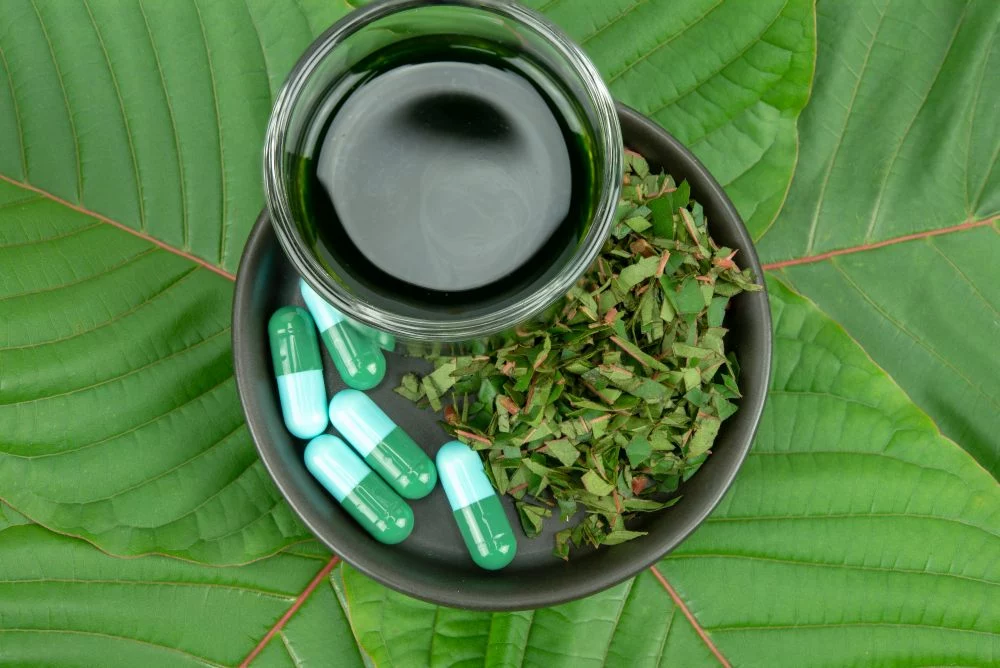Kratom, a tropical tree native to Southeast Asia, has recently found itself at the center of intense scrutiny and debate in the United States, primarily due to its increasing popularity as an herbal supplement and its associated legal and regulatory challenges. Traditionally used in countries like Thailand and Malaysia for its stimulant and analgesic properties, kratom has gained a following in the U.S. as an alternative remedy for pain relief, anxiety, and opioid withdrawal symptoms. However, this surge in usage has raised significant concerns among health officials and lawmakers regarding its safety and potential for abuse. The primary psychoactive compounds in kratom, mitragynine and 7-hydroxymitragynine, interact with the same brain receptors as opioids, albeit in a different manner. This interaction has led to a growing body of evidence linking kratom to adverse health effects, including dependency, addiction, and even death in severe cases. In response, the Drug Enforcement Administration DEA has previously considered classifying kratom as a Schedule I substance, similar to heroin and other controlled substances. Such a classification would effectively criminalize its use and distribution, igniting fierce opposition from advocates who argue for its therapeutic potential and the personal freedom to choose natural remedies.

As of now, kratom remains legal at the federal level, but its status is far from stable. Various states and municipalities have enacted their own regulations, with some banning the substance entirely while others have implemented age restrictions and labeling requirements. For instance, states like Alabama and Arkansas have moved to outlaw kratom, citing health concerns and a lack of regulation in the market. Conversely, states like Utah and Illinois have adopted measures to regulate its sale, emphasizing the need for quality control and consumer safety. The lack of comprehensive federal regulation has resulted in a fragmented landscape for kratom. Many proponents of kratom advocate for its regulation rather than prohibition, arguing that a well-structured framework could ensure product safety and efficacy while protecting consumers from unscrupulous vendors. The American Kratom Association has been particularly vocal in lobbying for such measures, seeking to establish a Kratom Consumer Protection Act that would set standards for manufacturing and labeling, as well as restrict sales to minors.
Despite ongoing debates, research on kratom is still in its infancy, making it difficult for policymakers to navigate the complexities surrounding its use of natural red maeng da kratom. Several studies have indicated that while some users report positive effects, such as reduced pain and improved mood, others experience negative outcomes, including nausea and addiction-like symptoms. This ambiguity complicates efforts to develop a balanced regulatory approach that acknowledges both the potential benefits and risks associated with kratom. As the dialogue around kratom continues, it is clear that its future hinges on both scientific research and public perception. The emergence of new data will be crucial in shaping the regulatory landscape, as will the advocacy efforts of both supporters and opponents. As it stands, kratom remains a controversial topic, straddling the line between a natural remedy and a potentially dangerous substance, reflecting broader societal tensions around health, freedom of choice, and the need for regulation in the modern wellness landscape.

